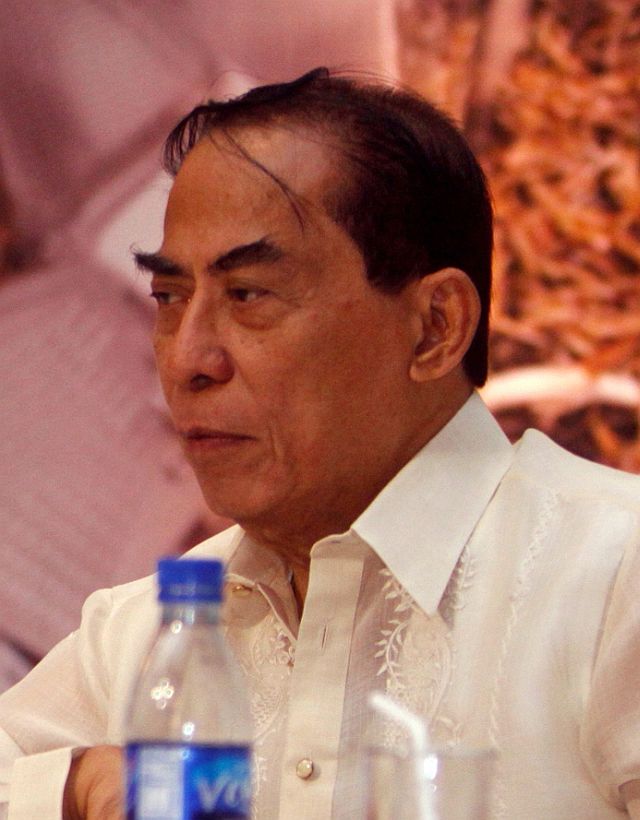
RICOHERMOSO
Seaweed group’s plea: Lift ban on brown algae, regulate harvesting instead
Local fisherfolk and seaweed exporters can make money again out of brown algae if the government will lift its total ban on activities related to the algae and just regulate the harvesting of that seaweed instead.
Maximo Ricohermoso, chairman of the Philippine Seaweed Industry Association (PSIA), said in a phone interview yesterday that restrictions on Sargassum sea plants or samo have resulted to the big loss of income of fisherfolk while rotting seaweed along the shore has made beach resorts very dirty.
“Sargassum used to provide substantial income and livelihood to poor fisherfolk and coastal dwellers,” he said.
Ricohermoso, however, said that mature Sargassum loses its hold during bad weather when battered by strong currents and gets drifted to the shores where it rots.
He said that the order to ban the brown algae also covers even the seagrass that have drifted ashore, leaving fisherfolk to keep their hands off the resource.
He said he believes the seaweed could have continued to benefit the fisherfolk and the country if the Department of Agriculture (DA) considers banning all activities for a certain period only, just like for herring or tuna.
The industry leader said estimates indicate about 30,000 metric tons of Sargassum are available for harvest valued at P450 million annually while 70 percent of the harvest is exported.
Domestic applications are mostly for animal feeds, organic fertilizers, and pest control.
“Unfortunately, the income source was curtailed by the FAO (Fisheries Administrative Order) which was released without consultations,” said Ricohermoso.
The Philippines has been harvesting an average of 100,000 metric tons of guso, but would have had an increase by 30 percent in total harvest had the ban on Sargassum not been in place.
In 2014, the DA issued Fisheries Administrative Order 250, prohibiting the collection, harvesting, gathering, selling, and/or exporting of brown algae and seagrass.
According to the DA, the high commercial value and the demand in the global market for seaweeds, particularly the brown macroalgae of the genus Sargassum spp, and seagrasses have resulted to uncontrolled harvesting of both resources in the wild.
“The loss of seagrass and Sargassum beds will consequently destroy the balance in the marine ecosystem and result to loss of shelter, and loss of food base to all aquatic organisms dependent on them, thus endangering their survival,” the order read.
Ricohermoso wrote a letter addressed to DA Secretary Emmanuel Piñol last September, but he has not gotten any feedback yet.
However, he said local representatives of the Bureau of Fisheries and Aquatic Resources, an attached agency of the DA, and local experts have already started a series of discussions on how to address the issue last month.
He said he was hoping this would pave the way for amendments to or even the lifting of the order by 2017.
BFAR Central Visayas Director Allan Poquita, meanwhile, welcomed the suggestion of the PSIA.
However, he said the review as well as the amendments should come from the DA central office.